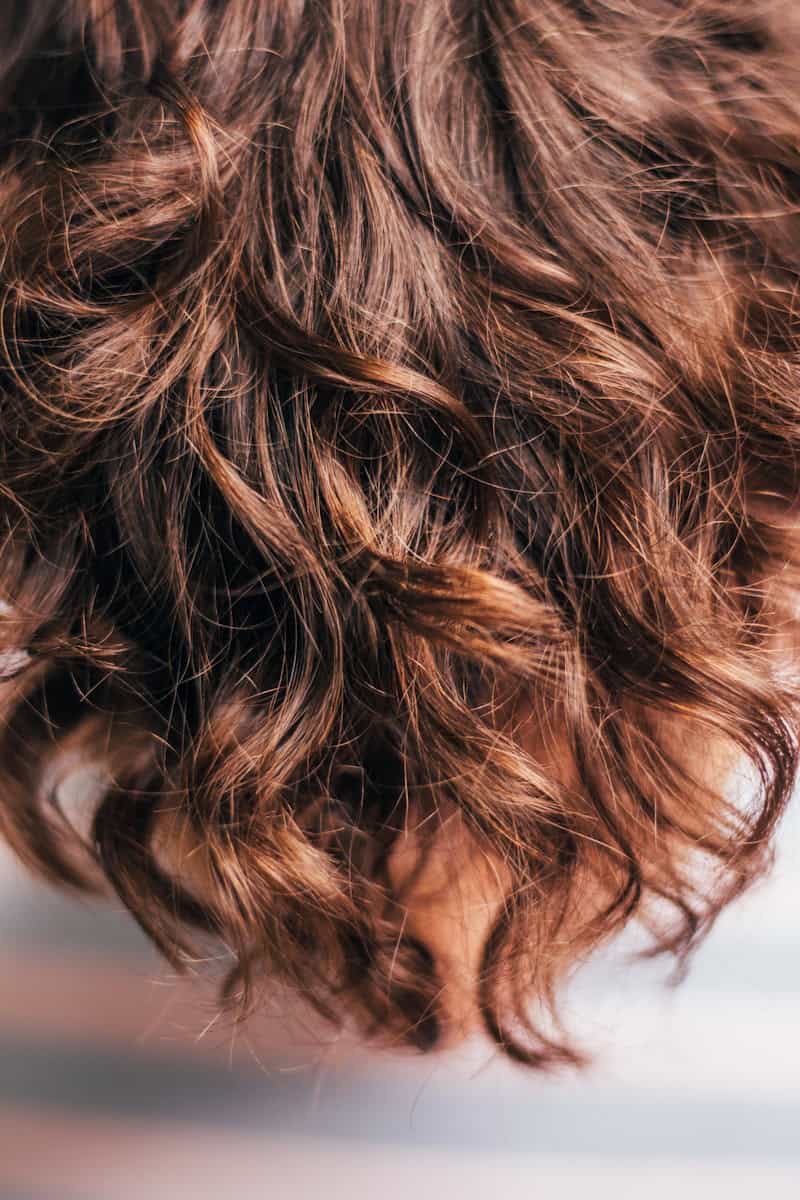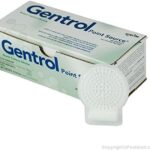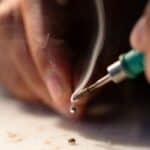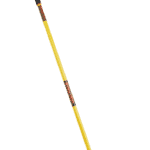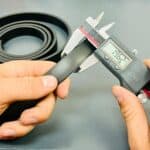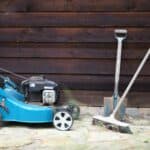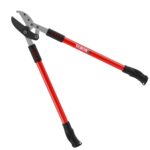Damaged hair is a common problem that can happen to anyone. It can be caused by many things like dye, heat styling, and not taking care of your hair. When hair gets damaged it might look dry, have split ends, or break easily. This can make your hair not look its best and it can be hard to style.
Taking care of your hair is important to keep it looking good and healthy. If your hair is damaged, don’t worry. There are things you can do to fix it. You can use special shampoos and conditioners to make your hair strong again. There are also treatments like oils and masks that can help.
To make your hair healthy, you should also protect it from things that can hurt it. This means not using too much heat on your hair and not using harsh chemicals. Always be gentle with your hair. When you treat your hair well, it will be stronger and look better.
Assessing and Understanding Hair Damage
To repair damaged hair, one must first know what damage looks like and why it happens. It’s a matter of spotting signs and understanding the types.
Types of Hair Damage
Chemical Damage: This comes from dyes, bleach, and perms. They change hair structure and can make hair weak.
Mechanical Damage: Caused by brushing too hard or toweling wet hair. It can break hair shafts.
Heat Damage: Styling tools like flat irons dry out and can burn hair.
Environmental Factors: The sun and pollution can harm hair cuticles, leading to dryness.
Identifying Signs of Damage
- Brittleness: Hair snaps easily.
- Dryness: Hair feels rough, looks dull.
- Breakage: Small pieces of hair fall out.
- Thinning Hair: Less hair volume, it feels less thick.
- Frizz: Hair stands up or curls unevenly.
To find damage, look at hair’s texture and watch for breakage. One can also feel if hair shafts are rough or smooth. It is important to check all over the head, as damage can appear in spots.
Repair and Prevention Strategies
Repairing damaged hair involves treatments and routine changes. It also means protecting hair from more damage. Let’s look at how to do each one.
Nourishing Treatments
Nourishing hair starts with the right treatments. Deep conditioning helps. Use a deep conditioner or hair mask once a week. Ingredients like coconut oil, argan oil, and proteins can make hair strong and shiny. Look for leave-in treatments too. They keep working all day.
Routine Adjustments
Hair care routines need gentle steps. Start with reducing heat styling. Let hair air-dry when you can. Use gentle brushing techniques. A wide-tooth comb helps prevent breakage. Trim split ends often to keep hair healthy. Switch to a silk pillowcase. It causes less friction on hair while you sleep.
Protective Practices
Hair needs protection from harm. Before using heat, apply a heat protectant. This saves hair from heat damage. Wear a hat for UV protection. Tight hairstyles can break hair, so choose loose ones when you can. Avoid harsh chemicals like bleach. They can hurt hair if used too much.
Frequently Asked Questions
Damaged hair can feel dry and brittle. This section answers common questions about fixing it.
What are the best natural remedies for repairing damaged hair?
Natural oils like olive oil can hydrate hair. They make the hair smooth.
What is the most effective method to quickly restore hair health at home?
A deep conditioning treatment works fast. Leave it on for about 30 minutes.
How can one treat hair that has been damaged by chemicals?
Chemical damage needs gentle care. Use mild shampoos and rich conditioners.
Are there ways to fix damaged hair without resorting to cutting it?
Yes. Protect your hair from heat and sunlight. Use hats and avoid hot tools.
What overnight treatments are recommended for repairing damaged hair?
Try leave-in conditioners or hair masks overnight. They can work as you sleep.
Which hair repair products are most effective for bleached hair damage?
Products with protein can help bleached hair. They strengthen the hair strands.

